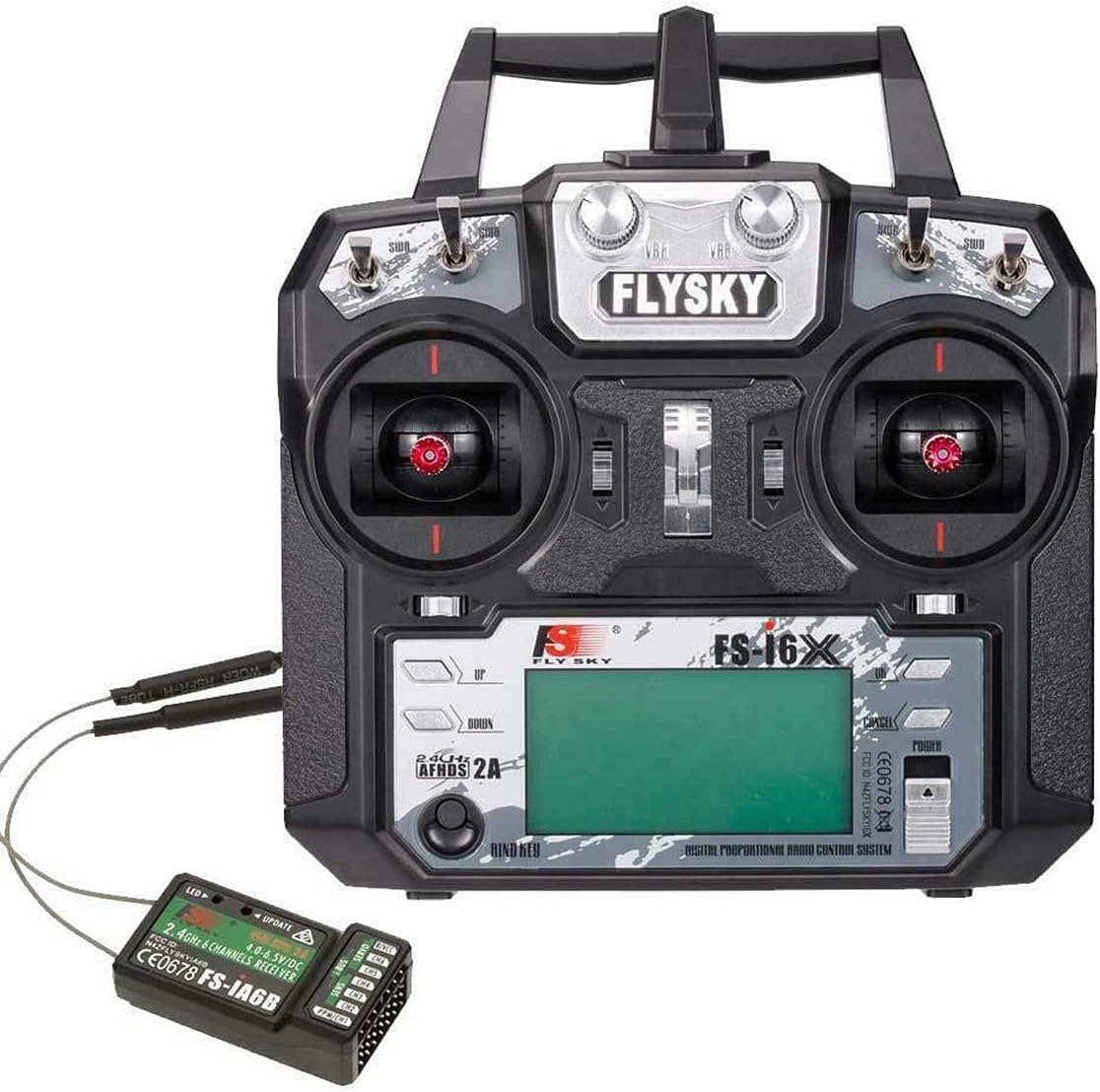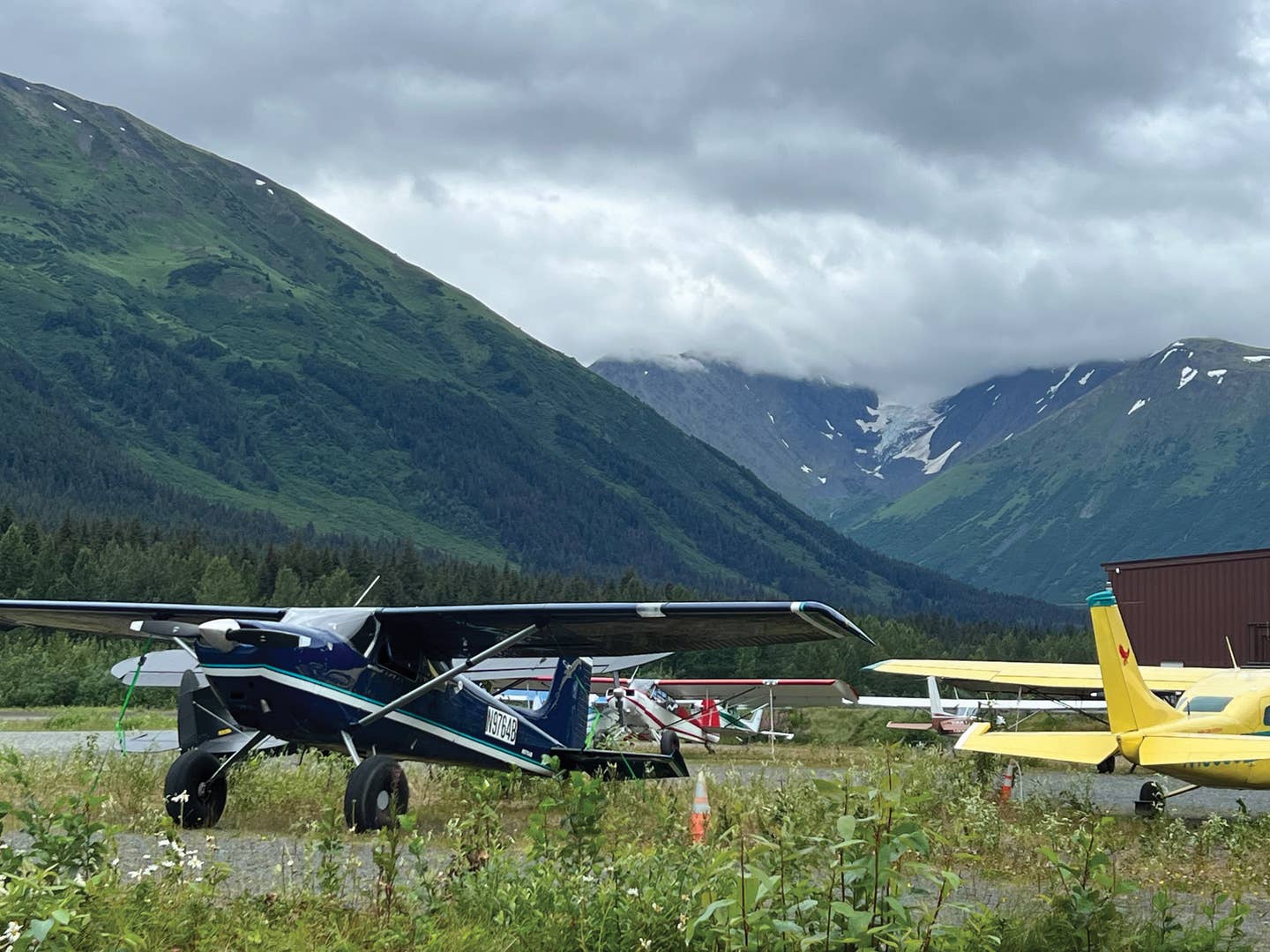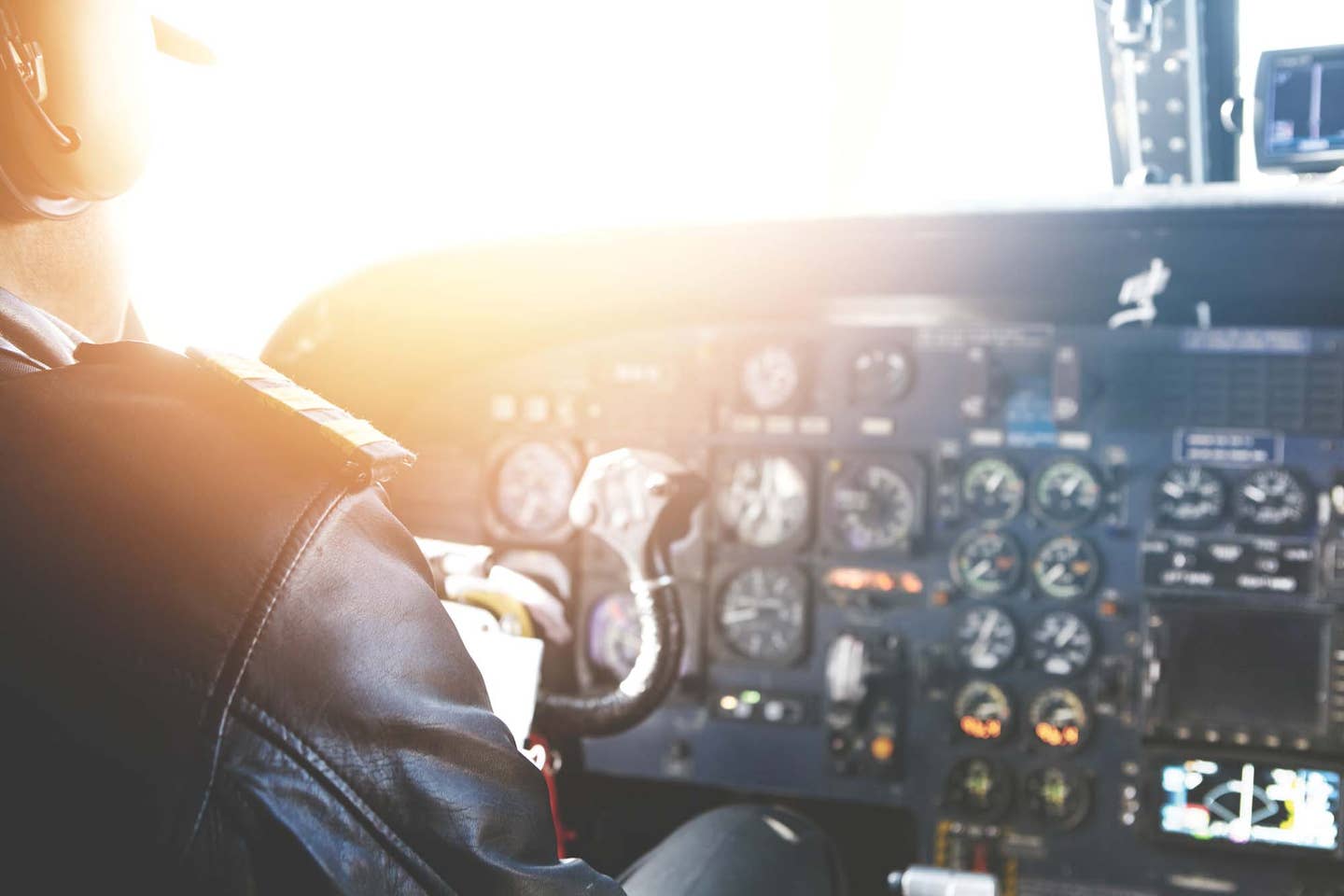10 Things To Look For In An LSA
Use your heart and your brain when considering your LSA purchase
 Aviation is experiencing an exciting transformation. At one point, a GA aircraft wouldn't show signs of obsolescence for, let's say, 30 years or so, give or take a decade. Those days are gone. Today, technological advances find their way into airframes and cockpits at an ever-increasing speed.
Aviation is experiencing an exciting transformation. At one point, a GA aircraft wouldn't show signs of obsolescence for, let's say, 30 years or so, give or take a decade. Those days are gone. Today, technological advances find their way into airframes and cockpits at an ever-increasing speed.
Technologically advanced aircraft (TAA) have fully integrated glass cockpits with, to name a few features, satellite weather, traffic advisories, terrain warning systems, electronic approach plates, attitude-based autopilots with flight-level change and flight directors, plus 130 channels of entertainment. Composite airframes, once negatively characterized as "plastic planes," have been validated by the likes of Boeing, Airbus and Uncle Sam. Collectively, composite aircraft represented more than half of all new piston-aircraft deliveries in 2006. Airframe parachutes. FADEC. Airbags. What's next? Run-flat tires? Well, guess what, they've already arrived.
Until something modern appears firewall forward, however, the next big thing to hit the GA scene may just be the exciting new category of small aircraft aptly know as light-sport aircraft (LSA). This new genre of airplanes has spurred a small revolution (really more like an overnight coup).
In Europe, innovative aircraft manufacturers have been building and flying very light aircraft (VLA) for years. Today, variations of these affordable sporty aircraft are finding their way to domestic shores in growing numbers. And while LSA aircraft have many commonalities with these sport aircraft, such as a 1,320-pound max gross weight, two seats, fixed gear and a top cruise speed of 120 knots, that's where the similarities end. For anyone in the market for a new LSA, whether for commercial training fleets, first-time aircraft buyers or last-time buyers, here are 10 things to consider when poring over the emerging fleet of LSAs.
1 Cockpit Standardization If you're a seasoned aviator or aviatrix, one oddity that may grab you about sport aircraft is that there seems to be little cockpit configuration standardization among manufacturers. The vast majority of well-seasoned pilots learned to fly behind a menagerie of steam gauges lovingly referred to as the "six-pack." We were taught how to establish good habits like the all-important instrument scan. Mastering this habit of proficient aviating made it easy to transition from one aircraft to another because those same six instruments were usually right where you expected them to be in practically every airplane on the ramp.
In many of today's imports, however, the cockpit layouts are more a function of where instruments fit than a matter of convention. But if you've spent 500 or 5,000 hours behind a six-pack, your eyes are likely conditioned for the standard instrument scan. Furthermore, for flight schools training new pilots, aircraft with steam gauges configured in the standard six-pack will help establish a good scanning technique and make the transition into larger aircraft an easy one.
So, whether you're considering a new LSA for your training fleet as a cost-saving measure, looking for your first plane for learning to fly, or simply looking for a flying sports car to quell your midlife crisis, keep an eye out for an aircraft with a conventional six-pack configuration. Of course, all bets are off if you're inclined to join the "flat-screen generation." In that case, you'll find that the avionics manufacturer has already standardized the primary flight display. Just make certain the barometer is in inches and not millibars or hectopascals.
2Tires, Wheels, Brakes Tires and brakes are a source of routine maintenance. In fact, owners can and may enjoy servicing the braking system themselves. When looking at new light-sport rides, get down on your knees, not to pay homage to Bernoulli or the Wright brothers but to take a close-up look at the tires, wheels and brakes. If the tires and wheels look more like they belong on a wheelbarrow rather than a $100,000 piece of gravity-defying machinery, you may want to consider something more robust. A careful search will reveal that some light-sport importers and probably some domestic manufacturers use wheels, tires and brakes that are actually designed for aircraft applications rather than home and garden applications. Unless you're flying a floatplane, tires and brakes are important, so carefully investigate, and inquire about the availability of replacement parts since this is an area of routine maintenance.
Interestingly, rather than conventional toe brakes, some sport aircraft have hand/finger brakes which may be particularly beneficial to pilots without the use of their legs but are less desirable for flight-training applications.
3 Ease of Maintenance Just like any precision machine, sport aircraft require routine maintenance. In fact, frugal flight schools that purchase LSAs to lower their monthly overhead will still need to complete 100-hour inspections. Thus, ease of maintenance is every bit as important to the LSA owner/operator as it is to the certified aircraft owner/operator. Determine how easy it is to perform everything from checking the oil and performing the preflight inspections to gaining access to routine and even unscheduled maintenance of flight controls, cables/rods, engine, brakes, avionics, etc. Can you check the oil without removing your watch to fit your hand in the cowling? Can you remove and install the cowling yourself without damaging the finish? Can you service the brakes (or even put air in the tires) without removing wheel pants?
4 Construction Assuming that the light-sport segment is a microcosm of the entire aviation industry, you'll find aircraft constructed from everything and anything, including composites, aluminum, wood and fabric. Though one type of construction isn't necessarily better than another, there are some things to consider. Fabric-covered wings and fuselage will maintain their like-new luster longer if airplanes are hangared away from the ravages of UV light and heat when not airborne. Whether composite, tube-and-fabric or metal, construction techniques vary with the level of the manufacturer's expertise, quality control and cost. For instance, some manufacturers may use common-blind or pop rivets rather than solid aircraft rivets. Unfortunately once the skin is on, you may not be able to discern the quality of the airframe construction.
5 Fit & Finish Attention to detail may be a good indication of craftsmanship, but not necessarily. Generally speaking, if a manufacturer obsesses over little things, such as latches, controls, switches, brakes, tolerances, finish, type of rivets, etc., the company probably didn't cut corners on the superstructure that you can't see. In fact, if the airframe has been repeated hundreds or thousands of times, the refinements in the cockpit may be an indication of running changes made to improve the product over time.
Is the cockpit interior finished with upholstered panels or is it just painted black or gray with exposed control cables where foreign objects brought into the cockpit could potentially jam controls? Are the seats plush and comfortable (or even leather-covered) or will you be sitting on molded composite wishing you'd never left your favorite recliner? Look closely at the robustness of the latches, running gear, mechanisms and hardware as one possible indication of overall quality and value proposition. Only a few dollars separate the top-of-the-line from the low-end LSA models, so spending a few extra bucks may yield quite a bit more in creature comfort, quality, fit and finish. Treat yourself and go top shelf if you can swing the few extra bucks on the monthly payment. Your passengers may also gain a greater sense of confidence climbing into something that appears to be finished rather than something that looks like it's still under construction.
6Performance Light-sport, more than any other category, is defined by a set of FAA-imposed performance and configuration limitations. And because 95% of all sport aircraft use the Rotax 912 powerplant, many aircraft have somewhat comparable performance features. That doesn't mean, however, that they perform the same. Since many LSAs are variants of their European VLA cousins, the wings on U.S. models have been modified to both meet the 45-knot minimum stall speed and, in many cases, to help limit the aircraft to 120 knots. Still the aerodynamics and efficiency of the airfoil impacts how well an aircraft performs---particularly at higher-density altitudes. There may actually be some days when certain LSAs are grounded, while others are free to slip the surly bond.
Also, since sport aircraft generally don't have a large fuel capacity, take a look at full fuel payload. You'll want to be certain you can fill the tanks and the seats at the same time, so you maximize your aircraft's utility. One word of caution here: Some LSA manufacturers or importers quote their useful load and or payload numbers without fluids. Unless you plan to actually fly your aircraft without oil in the engine, or fuel in the lines, you'll need to carefully look at the performance tables and add in the weight of engine oil and unusable fuel.
7 Design Lineage Many of the current flock of LSAs can trace their heritage to models that have been in production at home and abroad for many years. Others are clean-sheet designs. Since these aircraft aren't certified through the same rigorous FAA Part 23 process, you may feel compelled to check the pedigree of the exotic bird you want to purchase. Don't be shy about finding out how many copies have been stamped out and are logging worry-free hours of airborne bliss. Contact current owners and find out what they like or don't like. Do your research in advance; you'll be glad you did.
8 Ramp Appeal Ahhh, ramp appeal. This is the emotional side of the purchase, the "I want it cuz it looks cool" factor. Granted, no one really wants to own any vehicle that they're too embarrassed to walk out to during daylight hours (although I understand quite a few people did actually purchase the AMC Pacer). Nonetheless, some LSAs look speedy just sitting on the ramp, while others look a bit like a caricature. Because beauty is in the eye of the beholder, we won't out the "Ugly Betties," I mean, the more eclectic designs. Just make certain the beauty that turns your head and captures your heart also meets the common-sense requirements suggested.
9Warranty & Support Okay, even if you were to debate the validity of the first eight items, numbers 9 and 10 are where the rubber meets the runway. Without question, let your head rule your heart in the area of warranty and support after the sale. You'll likely invest a chunk of change that could almost put a kid through college, purchase a second home or score the hottest exotic car in town. Thus, before you sign on the dotted line, it's important to keep your emotions in check and let your brain do the talking for a minute. Ask your friendly neighborhood LSA dealer what kind of warranty the aircraft has to protect your investment. You should expect some assurance that your investment won't become a high-priced lawn ornament through no fault of your own. Airframe warranty coverage varies significantly from zero to two years/400 hours. It's important, however, to ask this question up front so you enter into the purchase agreement with your eyes wide open. Also, if by some chance you have a warrantable problem in an aircraft whose origin is an Eastern Bloc country, you'll definitely want to know in advance where to turn domestically for warranty or technical assistance.
Don't forget to ask about parts availability. Does the importer support what he/she sells by stocking parts in the United States? Ask the questions and make an educated purchase decision, not an emotional one based on the cool factor. A grounded aircraft that needs a flap hinge isn't that cool.
10 Price One thing you'll surely find when comparing sport aircraft is a variation in advertised price. Some dealers quote a low price, and later add all sorts of delivery charges and hidden fees. Some companies quote a "delivered" price. This means that there are no hidden fees and you can actually fly away for the advertised price---probably even with a tow bar stowed in the back. So before you just compare prices, dig deeper and see what it will actually cost to fly your new bird home. A "delivered price" should be all-inclusive with no hidden fees.
Bottom line? None of the current fleet of LSAs is from a familiar or legacy brand (i.e., Cessna, Diamond, Piper, Cirrus, etc.), so don't make assumptions about quality, handling or performance. There are some exquisite sport aircraft available in and coming to the Unites States, and many others are in various stages of development. What's important to note is that all LSAs aren't created equally. We have suggested some key things to consider during the purchase process, but only you can decide what's important for your mission requirements and peace of mind.

Subscribe to Our Newsletter
Get the latest Plane & Pilot Magazine stories delivered directly to your inbox






